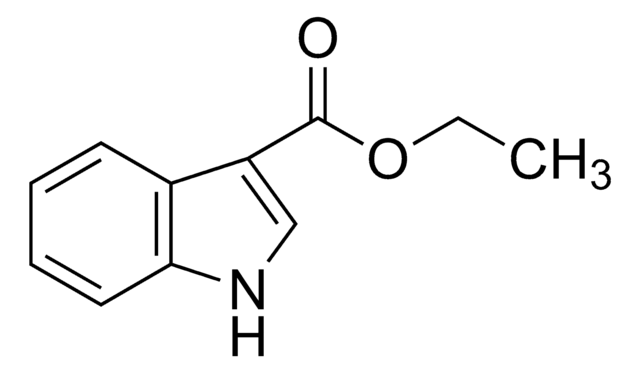S8316
Monoclonal Anti-SUV39H1 Histone Methyltransferase antibody produced in mouse
~2 mg/mL, clone 44.1, purified immunoglobulin, buffered aqueous solution
About This Item
Recommended Products
biological source
mouse
Quality Level
conjugate
unconjugated
antibody form
purified immunoglobulin
antibody product type
primary antibodies
clone
44.1, monoclonal
form
buffered aqueous solution
species reactivity
mouse, human
concentration
~2 mg/mL
technique(s)
immunocytochemistry: suitable
immunoprecipitation (IP): suitable
indirect ELISA: suitable
microarray: suitable
western blot: 2-4 μg/mL using extract of HeLa nuclear cells
isotype
IgG1
UniProt accession no.
shipped in
dry ice
storage temp.
−20°C
target post-translational modification
unmodified
Gene Information
human ... SUV39H1(6839)
mouse ... Suv39h1(20937)
General description
Specificity
Immunogen
Application
Western Blotting (1 paper)
For immunoblotting, a working concentration of 2-4 mg/mL is recommended using an extract of HeLa nuclear cells.
Biochem/physiol Actions
The overall identity between the human and mouse SUV39H1 amino acid sequences is 95%, both lacking an N-terminal 155 amino acid stretch from Drosophila Su(var)3-9. As a consequence, cross-species amino acid identity reaches 42% between the fly and the two mammalian proteins. The SUV39H1 protein consists of three regions: a SET domain, a 110 amino acid domain containing several cysteine conserved residues, and a chromo domain.
Physical form
Disclaimer
Not finding the right product?
Try our Product Selector Tool.
Storage Class Code
10 - Combustible liquids
WGK
WGK 3
Flash Point(F)
Not applicable
Flash Point(C)
Not applicable
Certificates of Analysis (COA)
Search for Certificates of Analysis (COA) by entering the products Lot/Batch Number. Lot and Batch Numbers can be found on a product’s label following the words ‘Lot’ or ‘Batch’.
Already Own This Product?
Find documentation for the products that you have recently purchased in the Document Library.
Our team of scientists has experience in all areas of research including Life Science, Material Science, Chemical Synthesis, Chromatography, Analytical and many others.
Contact Technical Service